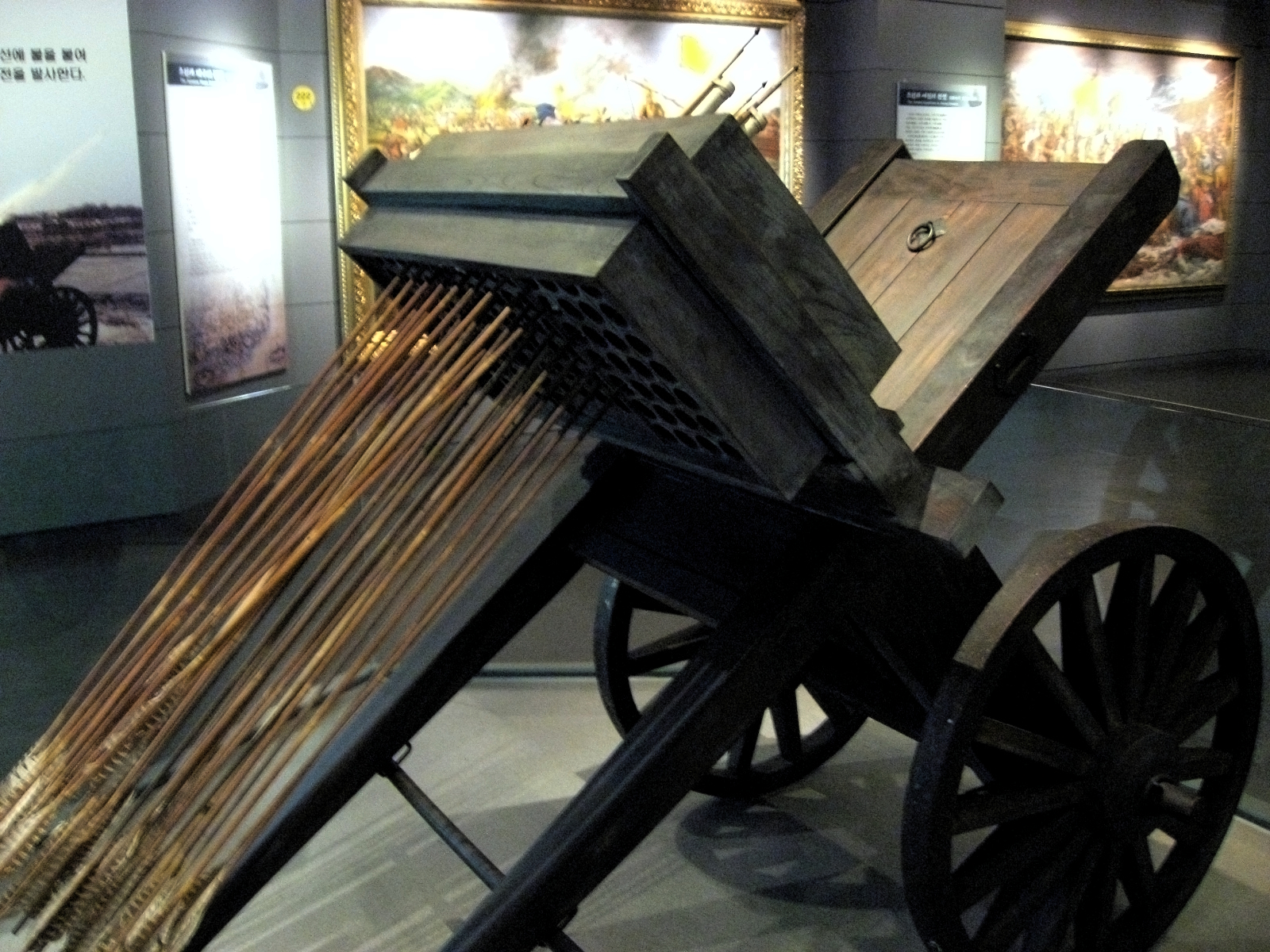Haengju Sansong on:
[Wikipedia]
[Google]
[Amazon]
 The Battle of Haengju took place on 14 March 1593 during the 1592ÔÇô1598 Japanese invasion of Korea. The Japanese attack failed to overcome the fortress
The Battle of Haengju took place on 14 March 1593 during the 1592ÔÇô1598 Japanese invasion of Korea. The Japanese attack failed to overcome the fortress
Haengju Mountain Fortress
{{DEFAULTSORT:Siege Of Haengju Haengju 1593 in Asia 1593 in Japan Haengju Haengju
 The Battle of Haengju took place on 14 March 1593 during the 1592ÔÇô1598 Japanese invasion of Korea. The Japanese attack failed to overcome the fortress
The Battle of Haengju took place on 14 March 1593 during the 1592ÔÇô1598 Japanese invasion of Korea. The Japanese attack failed to overcome the fortress Haengjusanseong
Haengjusanseong () is an ancient Korean fortress in Deogyang District, Goyang, South Korea. On January 21, 1963, it was designated Historic Site of South Korea No. 56.
It was built during the Three Kingdoms of Korea period, possibly around the ...
.
Background
Gwon Yul was stationed at the fortress Haengjusanseong, a wooden stockade on a cliff over the Han River. Haengju posed a threat toHanseong
The region now corresponding to Seoul, South Korea has been inhabited since the Paleolithic Age. It has been the capital of a number of kingdoms since it was established.
Prehistoric
It is believed that humans were living in the area that is n ...
(modern Seoul and capital of Joseon) due to its proximity, so the Japanese attacked it in March.
Battle
The Japanese attack led byKonishi Yukinaga
Konishi Yukinaga (ň░ĆŔą┐ ŔíîÚĽĚ, baptized under the Portuguese personal name Agostinho; 1558 ÔÇô November 6, 1600) was a Japanese daimy┼Ź who served under Toyotomi Hideyoshi. Known as a Kirishitan daimyo, he is notable for his role as the ...
happened on 14 March 1593 with 30,000 men. They took turns attacking the stockade due to the limited space. The Koreans retaliated with arrows, cannons, and hwacha
The ''hwacha'' or ''hwach'a'' () was a multiple rocket launcher and an organ gun of similar design which were developed in fifteenth century Korea. It resembled a wooden cart with a launch pad attached, and it had up to 200 tiny Sin'gij┼Ćn, sing ...
.
After three attacks, one with siege tower, and one where Ishida Mitsunari
was a Japanese samurai and military commander of the late Sengoku period of Japan. He is probably best remembered as the commander of the Western army in the Battle of Sekigahara following the AzuchiÔÇôMomoyama period of the 16th century. He ...
was wounded, Ukita Hideie
was the ''daimy┼Ź'' of Bizen and Mimasaka Provinces (modern Okayama Prefecture), and one of the council of Five Elders appointed by Toyotomi Hideyoshi. Son of Ukita Naoie, he married G┼Źhime, a daughter of Maeda Toshiie. Having fought a ...
managed to breach the outer defenses and reach the inner wall. However, he was wounded as well and had to fall back.
In the last attack Kobayakawa Takakage
was a samurai and daimy┼Ź (feudal military lord) during the Sengoku period and AzuchiÔÇôMomoyama period. He was the third son of M┼Źri Motonari who was adopted by the Kobayakawa clan and became its 14th clan head. He merged the two branches of ...
burned a hole through the fort's log pilings, but the Koreans managed to hold them back long enough for it to be repaired.
When the Koreans had nearly run out of arrows, I Bun arrived with supply ships containing 10,000 more arrows, and they continued to fight on until dusk when the Japanese retreated.
Aftermath
Aside from the defeat, the Japanese situation became even more tenuous after Zha Dashou led a small group of raiders toHanseong
The region now corresponding to Seoul, South Korea has been inhabited since the Paleolithic Age. It has been the capital of a number of kingdoms since it was established.
Prehistoric
It is believed that humans were living in the area that is n ...
, burning more than 6,500 tons of grain. This left the Japanese with less than a month of provisions.
After several negotiations with Shen Weijing, the Japanese abandoned Hanseong on 17 May 1593. What Li Rusong
Li Rusong (1549ÔÇô1598) was a Chinese general of the Ming dynasty from Tieling, Liaodong. He was a Ming army commander in the first half of the Imjin War that took place in the Korean peninsula. Upon the request of the Korean King Seonjo of ...
and Song Yingchang Song Yingchang (; 1536´╝Ź1606) was an administrative official during the Ming dynasty, most famously known for managing the first Ming campaign of the Imjin War during 1592-1593 .
Career
Song entered public service in 1565, during his career he hel ...
witnessed upon entering the city was a people who "looked like ghosts."
See also
*List of fortresses in Korea
Korea has a variety of fortresses, including ''sanseong'' (mountain fortress), ''jinseong'' (camp fortress), and ''eupseong'' (city fortress).
Ancient
* Hwando Fortress () in present-day Wandu
* Sanggyeong () in present-day Ning'an, the ...
* Japanese invasions of Korea (1592ÔÇô1598)
The Imjin War () was a series of two Japanese invasions of Korea: an initial invasion in 1592 also individually called the "Imjin War", a brief truce in 1596, and a second invasion in 1597 called the Ch┼Ćngyu War (). The conflict ended in 159 ...
* Gwon Yul
Citations
Bibliography
* * * * * * * * * * * * ŠíĹšö░ň┐áŔŽ¬ uwata, Tadachika ed., ŔłŐňĆâŔČÇŠťČÚâĘšĚĘš║é, yu Sanbo Honbu ŠťŁÚ««Ńü«ňŻ╣ housen no EkiÇÇ(ŠŚąŠťČŃü«Šł░ňĆ▓ ihon no SenshiVol.5), 1965. * * * * * * * * * * * * * * * * *External links
Haengju Mountain Fortress
{{DEFAULTSORT:Siege Of Haengju Haengju 1593 in Asia 1593 in Japan Haengju Haengju